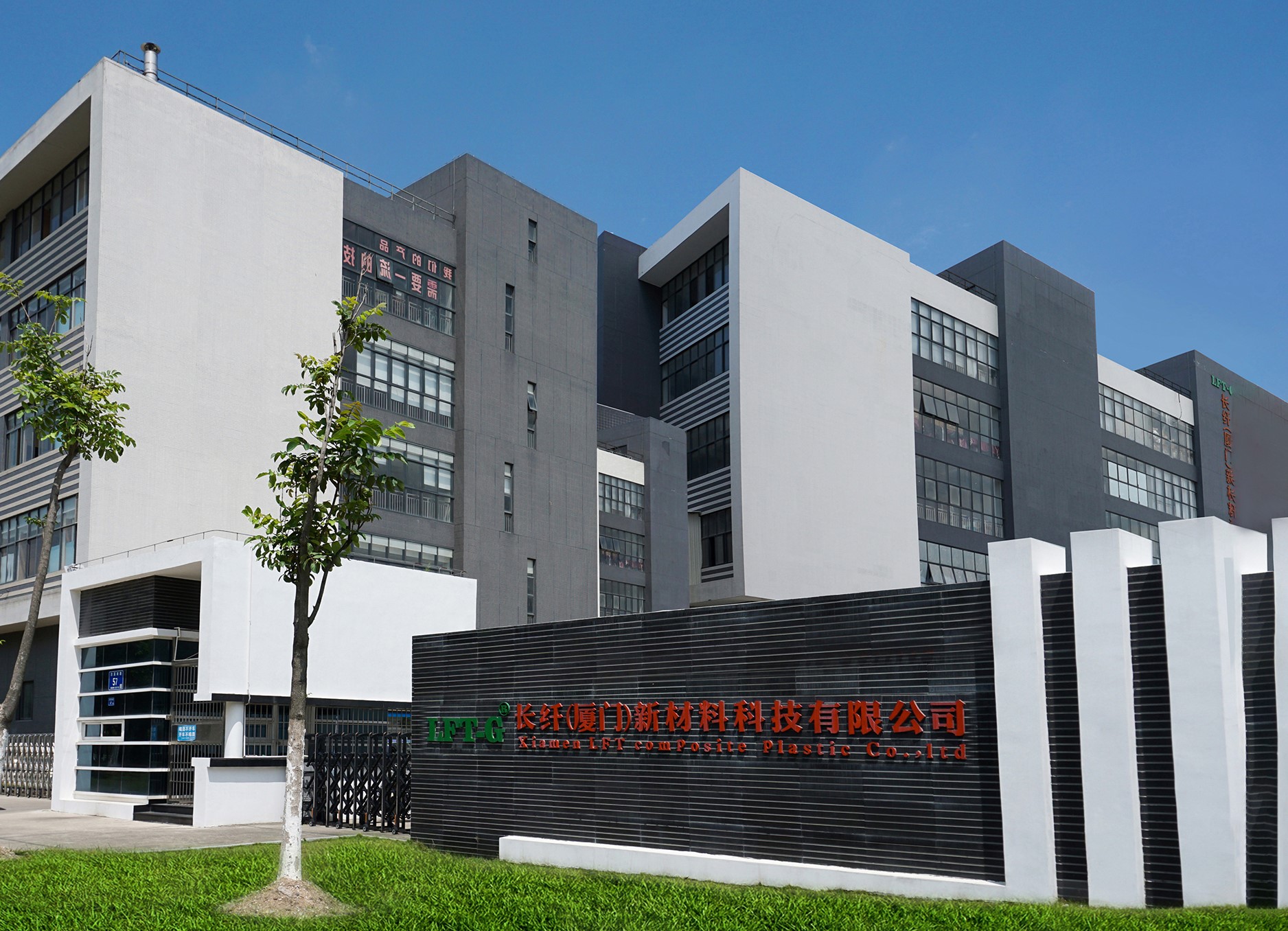Artículo No.:
PA6-NA-LGF30Pago:
T/T or L/C (other payment ways also can be diorigen del producto:
Xiamen, ChinaColor:
Original color (also can be customized)Puerto de embarque:
Xiamen, ChinaPA6 material
PA6 is one of the most widely used materials in the current field, and PA6 is a very good engineering plastic with balanced and good performance. The raw materials for the manufacture of nylon 6 engineering plastic are extensive and inexpensive, and it is not restricted by the technological monopoly of foreign companies.
However, in order to make good use of this inexpensive and excellent material, we must first understand it. Today, we will start with glass fiber reinforced PA6 engineering plastics, because it is the most important category of PA6 engineering plastics.
Just like any other engineering plastics, PA6 has advantages and disadvantages, such as high water absorption, low temperature impact toughness and dimensional stability is relatively poor. So engineers will use different methods to make PA6 better, which we call modification. At present, the most common method is to blend and modify PA6 with glass fiber (GF).
Today, we will take a look at the mechanical properties of PA6 engineering plastics under the glass fiber GF system for reference and help us select materials.
PA6-LGF
1. Influence of glass fiber content on PA6 engineering plastics
We can find from the application and experiment that the content index is often one of the biggest influencing factors in fiber reinforced composites.
As the glass fiber content increases, the number of glass fibers per unit area of the material will increase, which means that the PA6 matrix between the glass fibers will become thinner. This change determines the impact toughness, tensile strength, bending strength and other mechanical properties of glass fiber reinforced PA6 composites.
In terms of impact performance, the increase of glass fiber content will greatly increase the notch impact strength of PA6. Taking long glass fiber (LGF) filling PA6 as an example, when the filling volume increases to 35%, the notch impact strength will increase from 24.8J/m to 128.5J/m.
But the glass fiber content is not more is better, short glass fiber (SGF) filling volume reached 42%, the impact strength of the material reached the highest 17.4kJ/㎡, but continue to add will let the gap impact strength showed a downward trend.
In terms of bending strength, the increase of the amount of glass fiber will make the bending stress can be transferred between the glass fiber through the resin layer; At the same time, when the glass fiber is extracted from the resin or broken, it will absorb a lot of energy, thus improving the bending strength of the material.
The above theory is verified by experiments. The data show that the bending elastic modulus increases to 4.99GPa when the LGF (long glass fiber) is filled to 35%. When the content of SGF (short glass fiber) is 42%, the bending elastic modulus reaches 10410MPa, which is about 5 times that of pure PA6.
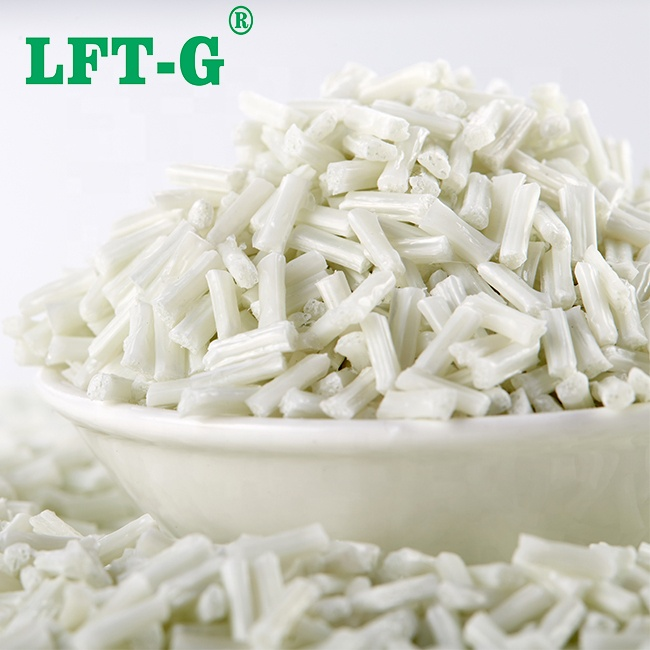
2. Influence of glass fiber retention length on PA6 composites
The fiber length of the glass fiber also has an obvious effect on the mechanical properties of the material. When the length of the glass fiber is less than the critical length (the length of the fiber when the material has the tensile strength of the fiber), the interface binding area of the glass fiber and the resin increases with the increase of the length of the glass fiber. When the composite material is broken, the resistance of the glass fiber from the resin is also greater, so as to improve the ability to withstand the tensile load.
When the length of glass fiber exceeds the critical, the longer glass fiber can absorb more impact energy under impact load. In addition, the end of the glass fiber is the initiation point of crack growth, and the number of long glass fiber ends is relatively less, and the impact strength can be significantly improved.
The experimental results show that the tensile strength of the material increases from 154.8MPa to 164.4MPa when the glass fiber content is kept at 40% and the length of the glass fiber increases from 4mm to 13mm. The bending strength and notched impact strength increased by 24% and 28%, respectively.
Además, la investigación muestra que cuando la longitud original de la fibra de vidrio es inferior a 7 mm, el rendimiento del material aumenta de manera más evidente. En comparación con la fibra de vidrio corta, el material PA6 reforzado con fibra de vidrio larga tiene una mejor apariencia de resistencia a la deformación y puede mantener mejor las propiedades mecánicas en condiciones de alta temperatura y humedad.
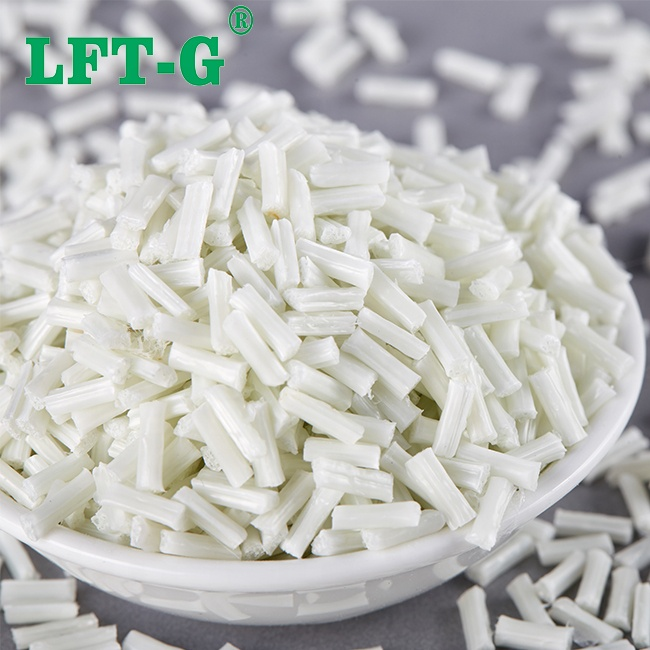
TDS para su referencia
PA6 se puede convertir en material reforzado con fibra de vidrio larga agregando un 20% -60% de fibra de vidrio larga según las características del producto. PA6 con fibra de vidrio larga añadida tiene mejor fuerza, resistencia al calor, resistencia al impacto, estabilidad dimensional y resistencia a la deformación que sin fibra de vidrio añadida. Los siguientes TDS muestran los datos de PA6-LGF30.
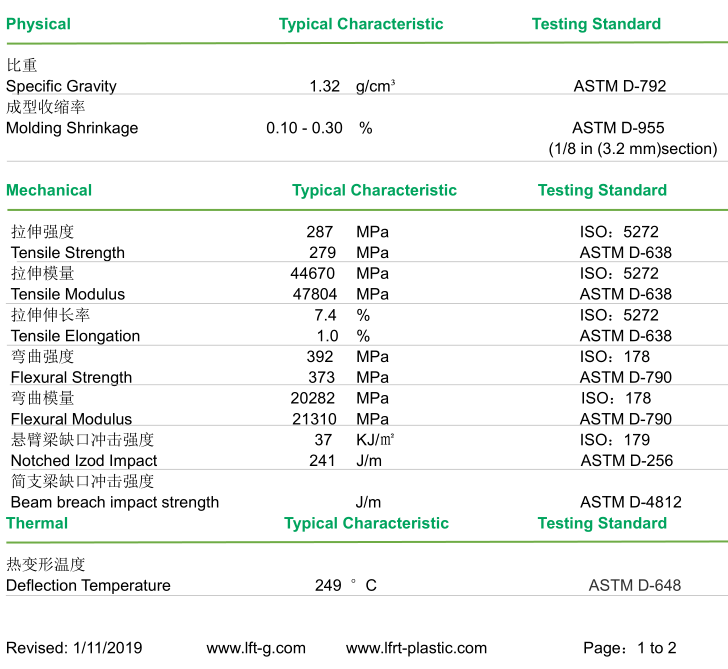
Solicitud
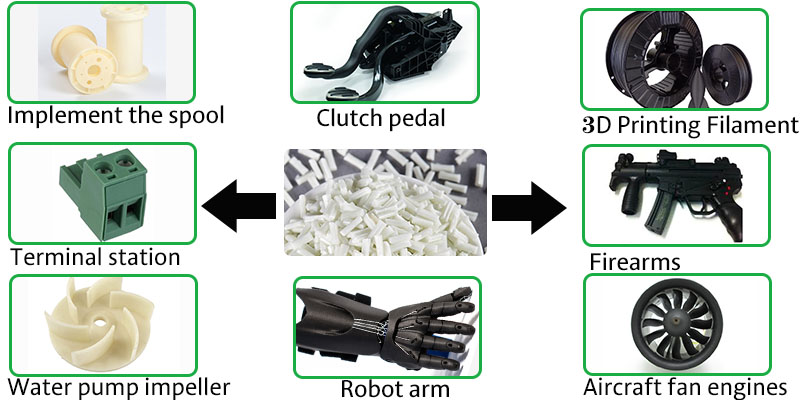
PA6-LGF tiene la mayor proporción de aplicaciones en la industria automotriz, seguida de aplicaciones electrónicas y eléctricas, y también involucra maquinaria y piezas de ingeniería.
Autopartes
La demanda de desarrollo de la miniaturización y el peso ligero del automóvil promueve la aplicación de PA6 en la industria del automóvil. Los componentes PA6 se han utilizado en motores de automóviles, sistemas eléctricos y de carrocería.
electronica y electrica
La buena resistencia a la corrosión y retardante de llama del PA6 lo hace adecuado para fabricar todo tipo de aparamenta de baja tensión, disyuntores, contactores, conectores y tubos de protección de cables después del refuerzo de fibra de vidrio.
Piezas mecánicas y de ingeniería.
Las ventajas de PA6, como la buena resistencia al impacto, la resistencia al desgaste y la autolubricación, hacen que se utilice ampliamente en todo tipo de maquinaria y accesorios de ingeniería.
Compañía LFT de Xiamen
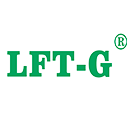
LFT es una empresa de marca que se centra en LFT y LFRT. Serie de fibra de vidrio larga (LGF) y serie de fibra de carbono larga (LCF). El termoplástico LFT de la compañía se puede usar para moldeo por inyección y extrusión LFT-G, y también se puede usar para moldeo LFT-D. Se puede producir de acuerdo con los requisitos del cliente: 5 ~ 25 mm de longitud. Los termoplásticos reforzados con infiltración continua de fibra larga de la compañía han pasado la certificación del sistema ISO9001 y 16949, y los productos han obtenido muchas marcas comerciales y patentes nacionales.
